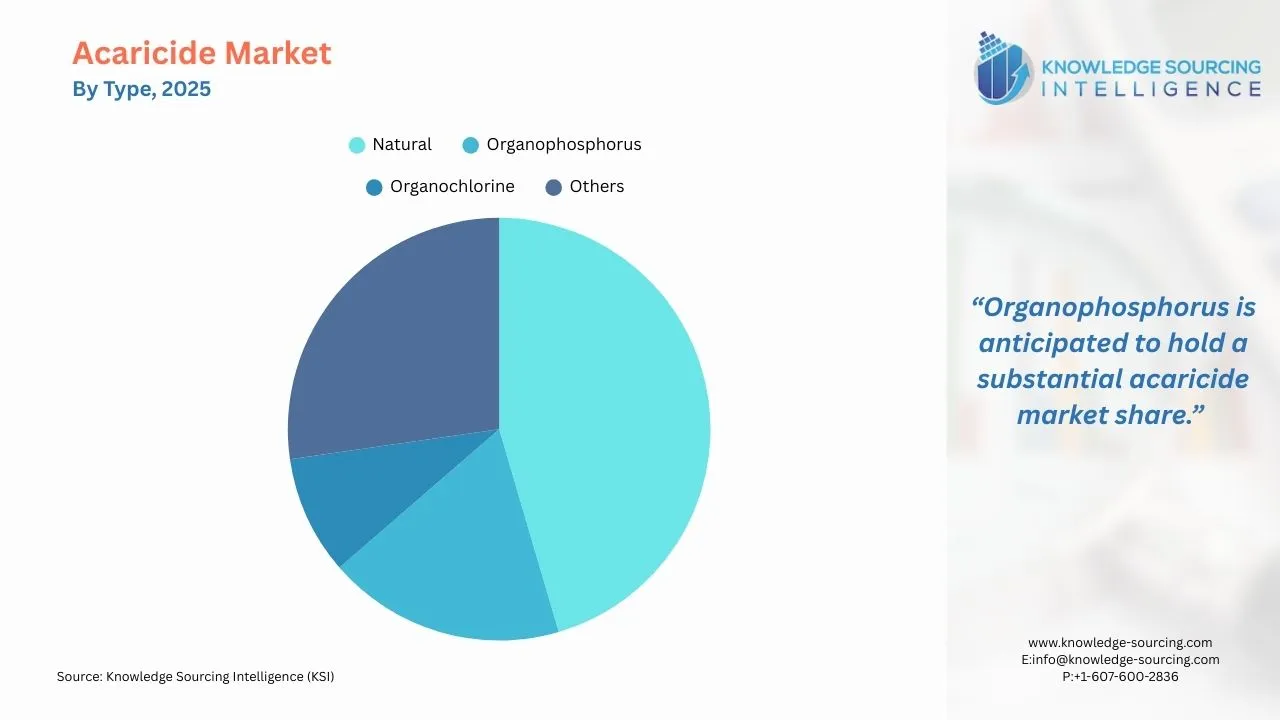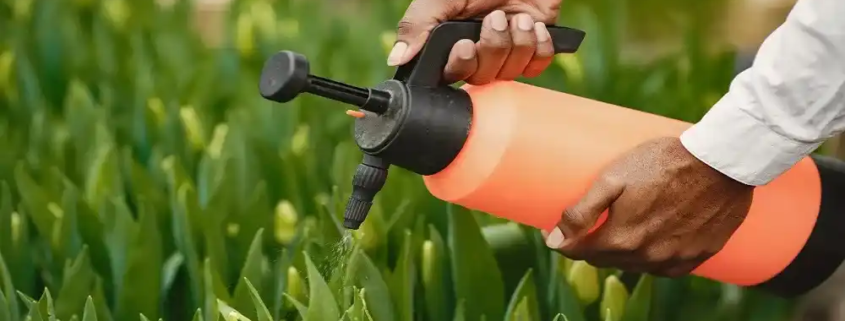Acaricide Market expected to reach USD 485.081 million by 2030
Acaricide Market Size & Growth
According to a research study published by Knowledge Sourcing Intelligence (KSI), the acaricide market will expand from USD 401.025 million in 2025 to USD 485.081 million in 2030 at a CAGR of 3.88% during the forecast period.
One type of insecticide used to eradicate ticks and mites is called an acaricide. Combinations of substances such as carbamates, pyrethroids, organophosphorus compounds, and chlorinated hydrocarbons are known as acaricides. It has important uses in getting rid of bugs, rats, and other dangerous creatures from food and farmland.
Acaricides work similarly to insecticides in that they kill mites and keep insects away. with addition to preventing insect growth, they aid with tick control. It is also utilized as an effective treatment and provides long-lasting tick control benefits. The acaricide market is anticipated to grow over the projected period due to the rising demand for agricultural goods worldwide. Acaricide is used in agriculture to protect harvested crops against a variety of insects and mites. The growing consumer desire for vegetarian and vegan food items was a major factor in the notable increase in the demand for agricultural goods worldwide. Consumer demand for chemical-free agricultural goods is said to be impeding the growth of the acaricide business. Additionally, the acaricide chemical can cause a number of health issues, including neurotoxic disorders like paralysis.
According to estimates, one of the biggest obstacles facing the worldwide acaricide business is the chemical’s detrimental aftereffects on people. Although acaricide is a chemical that aids in tick and bug control, it has detrimental consequences on human health. In addition to developing resistant tick strains, the acaricide chemical can have detrimental aftereffects on meat and milk. Individuals may experience a variety of neurotoxic consequences from the acaricide chemical.
The acaricide market includes a wide range of types including natural, organophosphorus, Organochlorine, and others. By application, the market is segmented into industrial, animal husbandry, agriculture, and others.
➥ View a sample of the report or purchase the complete study at: Acaricide Market Report

Acaricide Market Report Highlights
- The international leader in nutrition, healthcare, and life science, Bayer AG, stated in April 2024 that it plans to introduce bioinsecticide for arable crops. AlphaBio, a UK-based business, and Bayer inked a deal for the exclusive license of a novel bioinsecticide.
- According to the US Department of Agriculture’s Foreign Agriculture Service, China, India, and Bangladesh produced the most rice worldwide in the 2023–24 fiscal year. China and India produced 144.62 million MT and 137.83 million MT of rice, respectively, in total.
- Because of the expansion of its agricultural sector, the Asia Pacific region is expected to capture a larger portion of the global acaricides market. Among the top manufacturers of agricultural goods is this area, particularly in countries like China, India, Vietnam, and Malaysia.
Report Coverage:
| Report Metric | Details |
| Acaricide Market Size in 2025 | US$401.025 million |
| Acaricide Market Size in 2030 | US$485.081 million |
| Growth Rate | CAGR of 3.88% |
| Drivers |
|
| Restraints |
|
| Segmentation |
|
| List of Major Companies in the Acaricide Market |
|
Acaricide Market Growth Drivers and Restraints
Drivers:
- Agricultural Productivity and Food Security: A growing global food demand, coupled with a growing requirement for crop protection, will continue to drive acaricide’s application in agriculture to alleviate the threat of mite damage and secure agricultural production.
- Rising Burden of Livestock Tick-Borne Diseases: An ever-increasing prevalence of tick-borne diseases affecting cattle and livestock will continue to drive veterinary use of acaricides to protect animals and improve productivity.
Restraints:
- Acaricide Resistance in Pest Populations: Frequent use of acaricides builds resistance in mites and ticks. This reduced effectiveness of acaricides increases costs associated with resistance-mitigation strategies.
- Environmental and Regulatory Pressures: Consumer and regulatory scrutiny related to acaricide residues and overly stringent environmental regulations limit the use of synthetic chemicals, limiting market growth and exacerbating the need for reformulation.
Acaricide Market Key Developments
- Yonon BioSciences launched Fabao (acequinocyl 15% EW), a fast-acting, eco-friendly naphthaquinone acaricide, aimed at overcoming resistance and enhancing safety.
- FAO began Phase 2 of its Sustainable Tick Control & Acaricide Resistance Management project, bolstering diagnostics, labs, and global guidelines for resistance monitoring.
Acaricide Market Segmentation
Knowledge Sourcing Intelligence has segmented the acaricide market based on type, application, method, and region:
Acaricide Market, By Type
- Natural
- Organophosphorus
- Organochlorine
- Others
Acaricide Market, By Application
- Industrial
- Animal Husbandry
- Agriculture
- Others
Acaricide Market, By Method
- Hand Dressing
- Spray
- Dipping Vat
- Others
Acaricide Market, By Region
- North America
- USA
- Canada
- Mexico
- South America
- Brazil
- Argentina
- Others
- Europe
- United Kingdom
- Germany
- France
- Italy
- Spain
- Others
- Middle East and Africa
- Saudi Arabia
- UAE
- Others
- Asia Pacific
- China
- Japan
- India
- South Korea
- Australia
- Others
Acaricide Market Key Players
- Bayer AG
- Nichino Europe Co. Limited
- Seipasa
- ORO AGRI Group
- SAL Business Corporation (P) Ltd
- Syngenta International AG
- Corteva Agriscience
- Nissan Chemical Industries Ltd
- UPL Limited
- Safex Chemicals (India) Limited
- Gharda Chemicals Ltd
- Sumitomo Chemical India Ltd
- Indofil Industries Limited
- SummitAgro USA LLC
- Nippon Soda Co., Ltd.
About Knowledge Sourcing Intelligence (KSI)
Knowledge Sourcing Intelligence (KSI) is a market research and consulting firm headquartered in India. Backed by seasoned industry experts, we offer syndicated reports, customized research, and strategic consulting services. Our proprietary data analytics framework, combined with rigorous primary and secondary research, enables us to deliver high-quality insights that support informed decision-making. Our solutions empower businesses to gain a competitive edge in their markets. With deep expertise across ten key sectors, including ICT, Chemicals, Semiconductors, and Healthcare, we effectively address the diverse needs of our global clientele.



